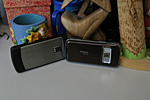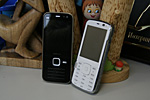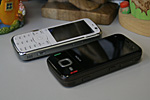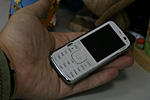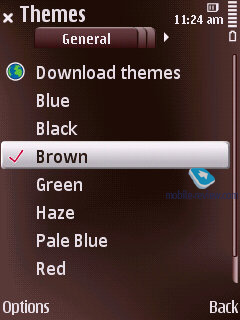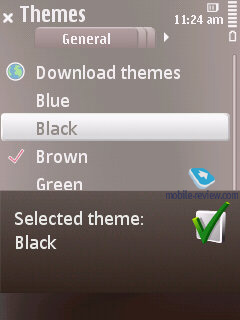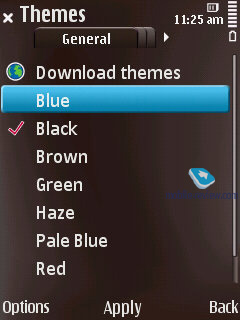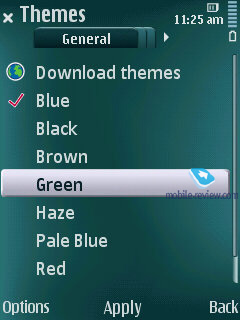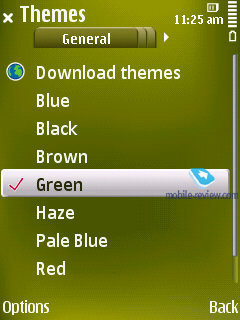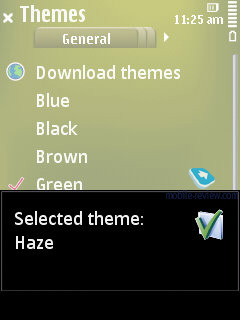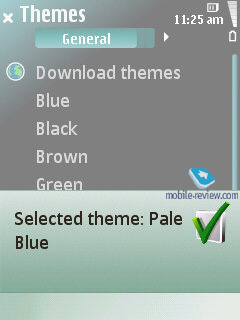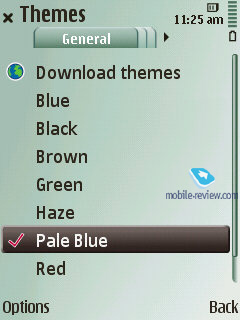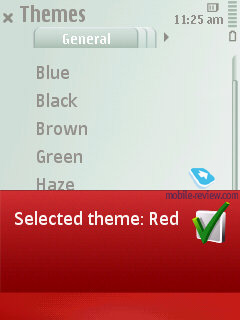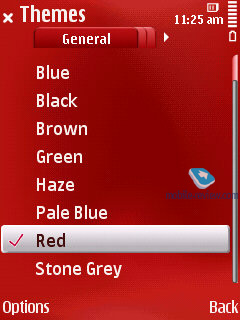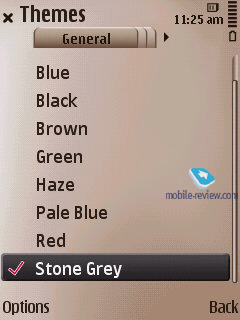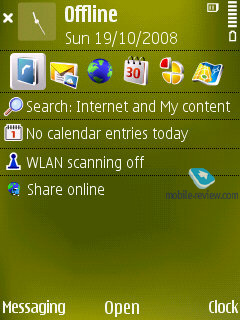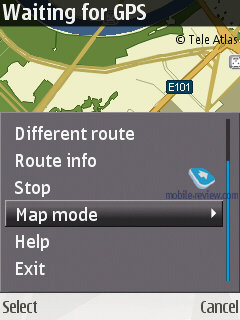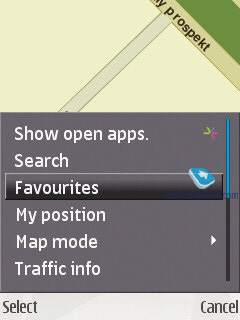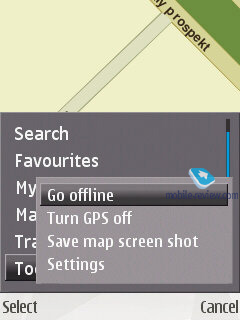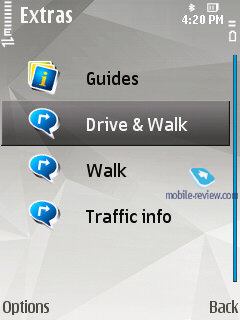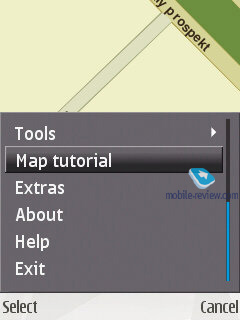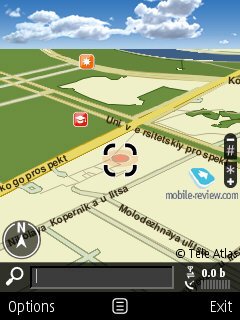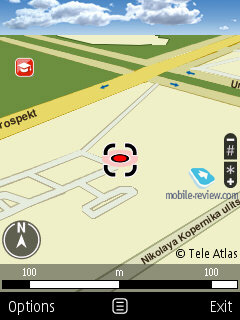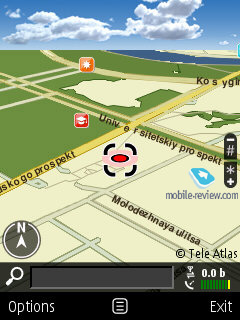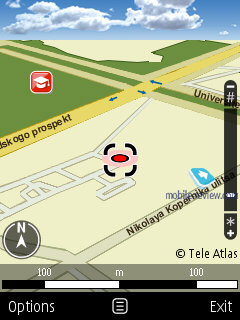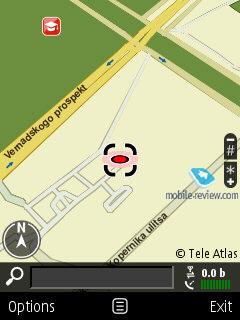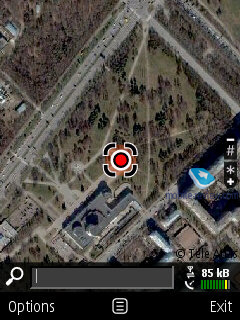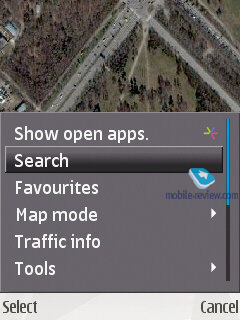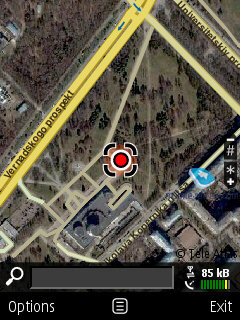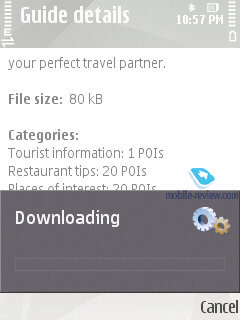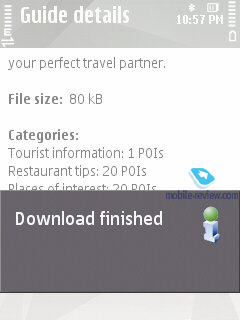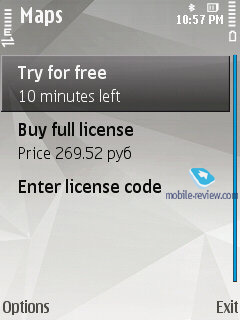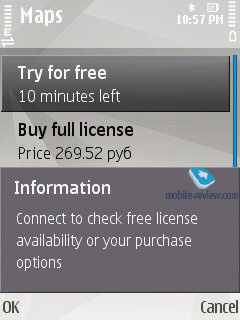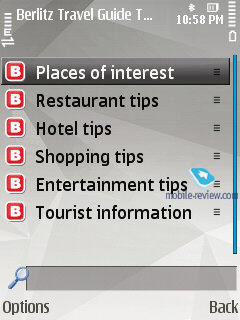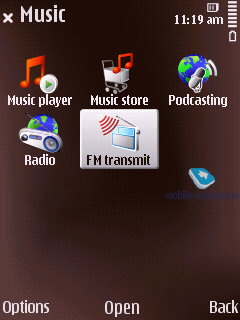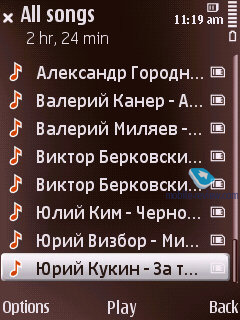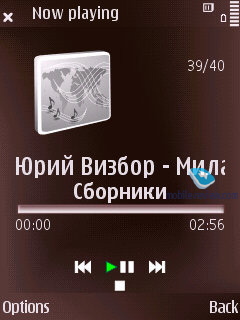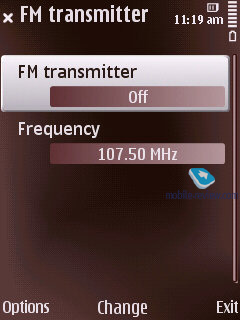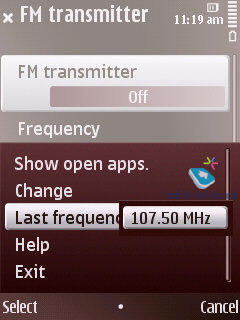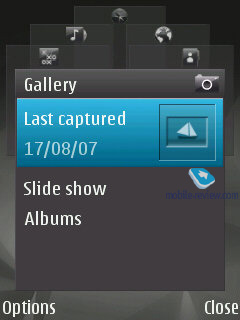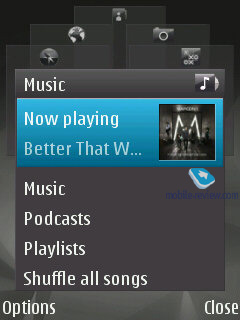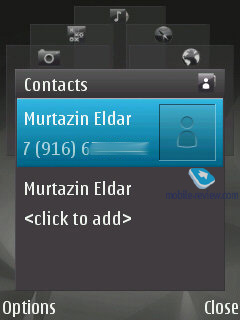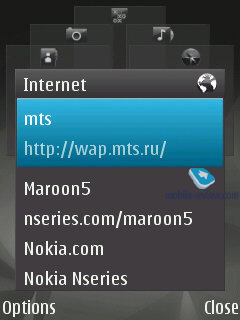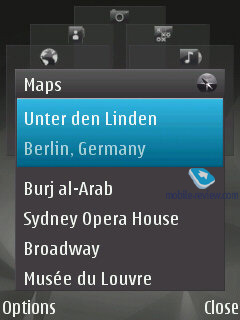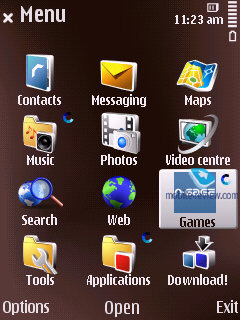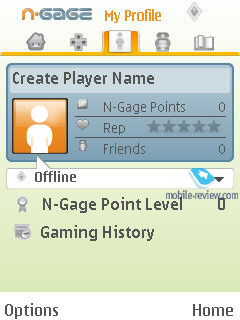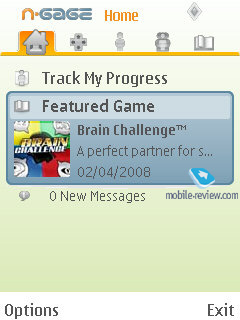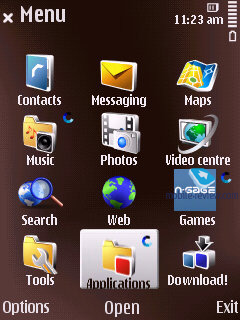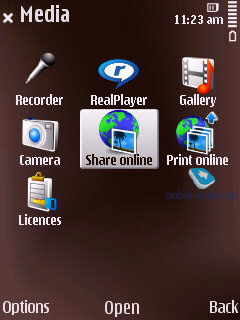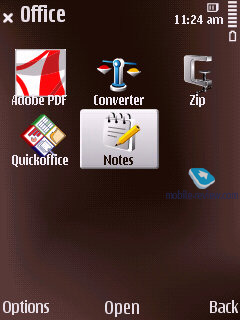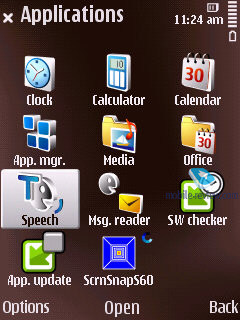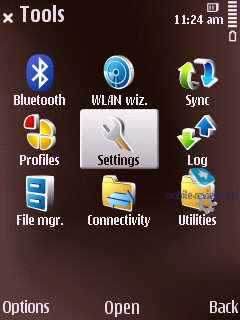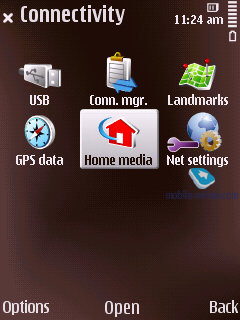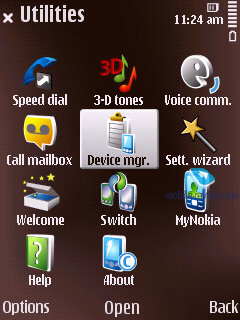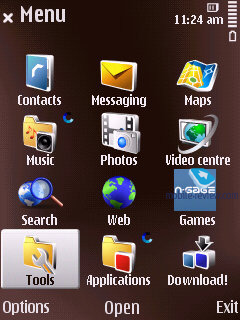|
|
Review of GSM/UMTS-smartphone Nokia N79
Live photos of Nokia N79
Table of contents:
- Positioning
- Design, Size, Controls
- Display
- Keypad
- Battery
- Memory
- Hardware Platform
- Performance
- USB, Bluetooth, Wi-Fi
- Camera
- GPS-navigation
- Music Department
- Multimedia Menu
- N-Gage and Gaming Department
- Preinstalled applications
- Impressions
Sales package:
- Nokia N79
- Two interchangeable covers
- 4 Gb microSD memory card
- Battery (BL-6F)
- Charger (AC-5)
- Wired stereo-headset with a remote (HS-45/AD-54)
- USB data cable CA-101
- User Guide
- Software DVD
Positioning
To answer the question what the Nokia N79 is all about, first we will need to figure out what model it comes in to replace. While it has a strong resemblance with the Nokia N78, it targets a completely different audience. What we are getting at is that the N79 is here to take the place of the best selling Nseries device to date – the N73 and all its iterations. Looking back at how the N73 was presented nearly two years ago, offering best camera for very little money, the Nokia N79 does exactly the same thing, packing in a 5 Mpix camera module along with the N78-esque hardware and software.
Nokia N73:
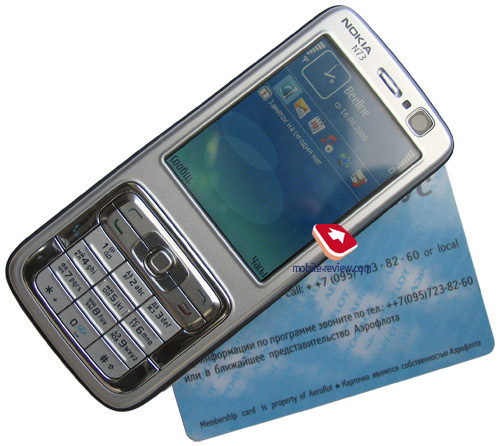
Nokia N78:
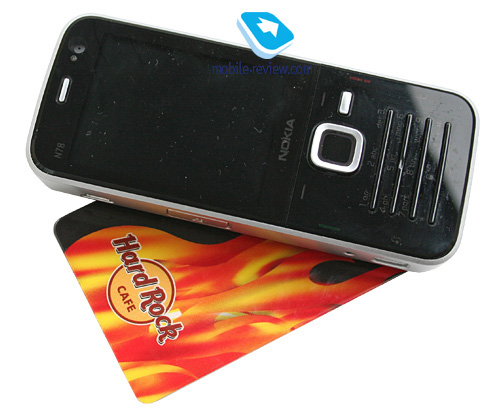
Nokia N79:

As far as Nokia’s consumer map goes, this audience is classified as Technology Stylists. In our review on the N78 we pondered over different scenarios for that phone, but each of them required Nokia to cut its price tag a fair bit, so as to make it a more appealing choice in view of the N82’s hegemony. However they haven’t heeded this piece of advice, and effectively, the N79 serves as a replacement not only for the N73, but the N78 too. All in all, this segment has reached the level of saturation when this many offerings simply can’t get along and some will have to withdraw. Luckily for Nokia, the N79 seems to be all the rage these days, for it offers a decent feature pack at an adequate price point. Even without any further price reductions the Nokia N79 has all it takes to secure its place on the shelves of retail stores for a very long while; especially since the Nokia N82 is becoming a thing of the past – while Nokia haven’t depleted its potential just yet, they are definitely about to. Although there is always an option to send the price though the floor, it’s not the best way to keep some handset afloat while maintaining an acceptable profit margin.
On top of that, the N79 completes the Nokia N85 in the sense that it acts as a less sophisticated version of the latter for those who aren’t into sliding phones. Compared the N85, it packs in an inferior display and fewer options in its sales package, but as far as hardware and features go, they aren’t all that different. The bottom line is that the Nokia N79 is for those people who are looking for the best price to quality ratio and in that respect the N79 is second to none for its 350 euro price bracket, furthermore it won't relinquish this status during 2009. The only question remains, however, is whether it will surpass the N73’s sales – we think it’s more thank likely to.
Back to the table of contents >>>
Design, Size, Controls
The N79 is styled after most other NSeries-branded devices with very few differences at all, even its back cover is very much in turn with this line-up’s latest trend – it’s glossy and features a fancy pattern. Coming boxed with the phone are two spare interchangeable panels and thanks to a contact pad found on the N79’s body, it will know which one of them is on and will adjust the menu theme accordingly. You can always opt to disable this feature in the menu.
Video: phone's design, menu, user interface (wmv, 63,8 mb) >>>
The Nokia N79 can come with a variety of interchangeable back plates, including Light Sea Blue, Espresso Brown, Olive Green, White and Coral Red. Every phone ships with a certain combination of panels, though (for example Light Sea Blue, Espresso Brown and White for the white variant of the N79).



All editions of the handset sport either white or black front fascia, running along it is a chromed plastic strip that adds a decent touch of elegance to the N79’s apparel. The sides are decked out in dark grey plastic, although it’s possible we will see some more color schemes down the line.

My personal favorite is the white version of the phone – there aren’t many phones like this out there, which sets you apart from the crowd and it’s a welcome feat. While the N79’s glossy surface is a real fingerprint-magnet, it does a pretty good job making them nearly indiscernible. Mounted right above the display is the forward-facing VGA camera for videoconferencing.

Housed on the left-hand side is a plastic door of the memory expansion slot along with microUSB slot. Also there is the 2 mm socket for plugging in a charger. Perched on the opposite spine are the volume rocker and dedicated camera button, with a couple of stereo-speakers. On the top end is the power key, keypad lock slider and 3.5 mm audio jack.


Measuring up at 110x49x15 mm and 97 grams, the N79 is a pretty palm-friendly device, although we found it a tad too wide. But it didn’t hurt the overall experience at all. As far as build quality is concerned, it may feel creaky at times, but other than that we had no grips with its assembly quality.

Nokia N79 vs Nokia N78:
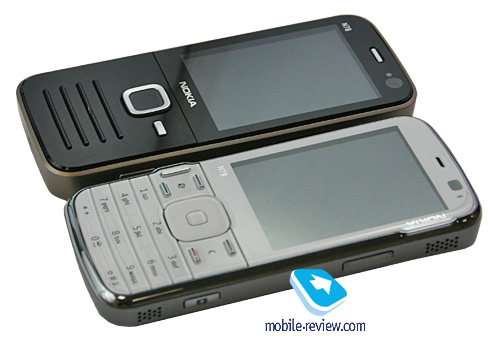
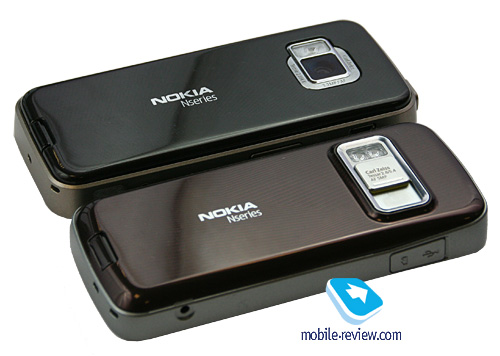

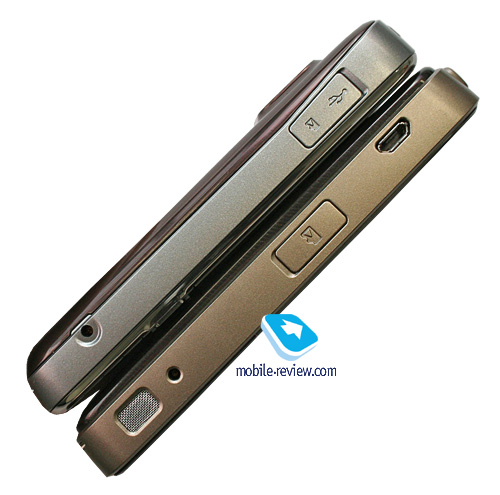
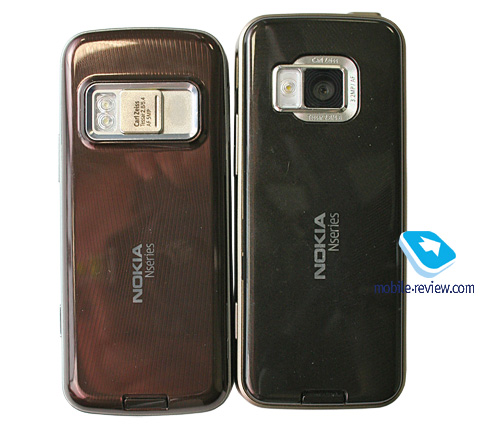
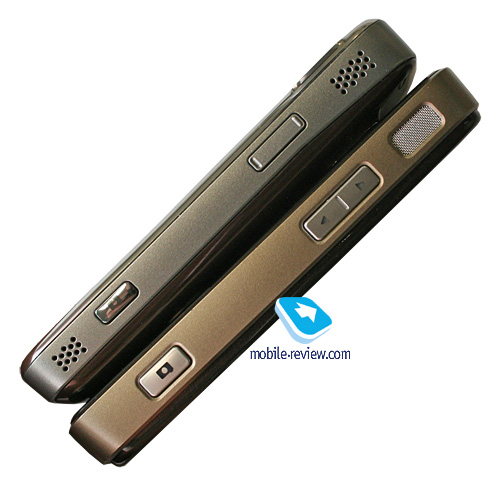
Nokia N79 vs Samsung I7110:

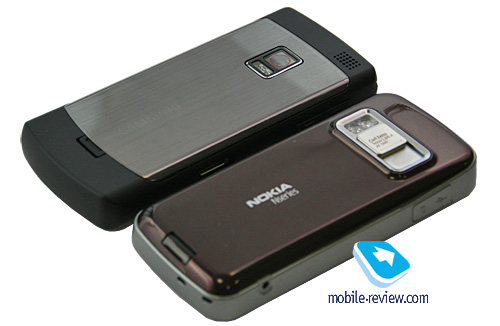
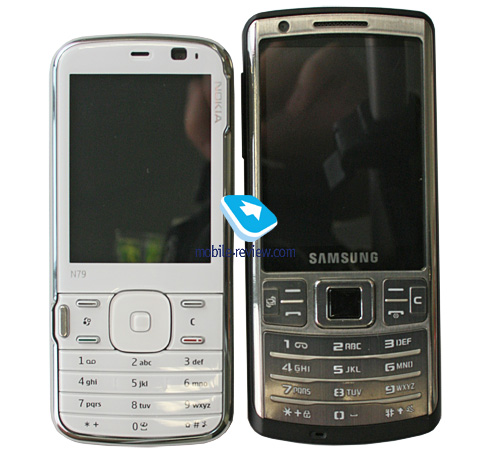
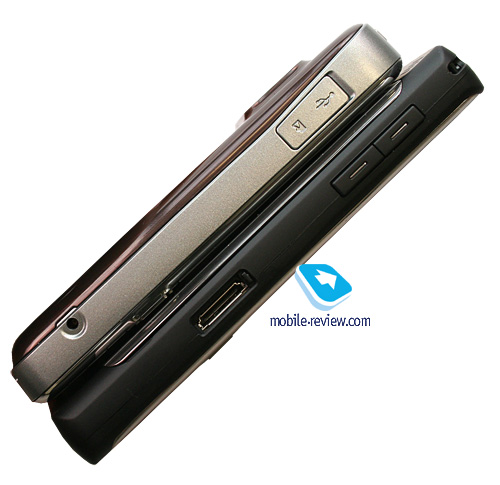
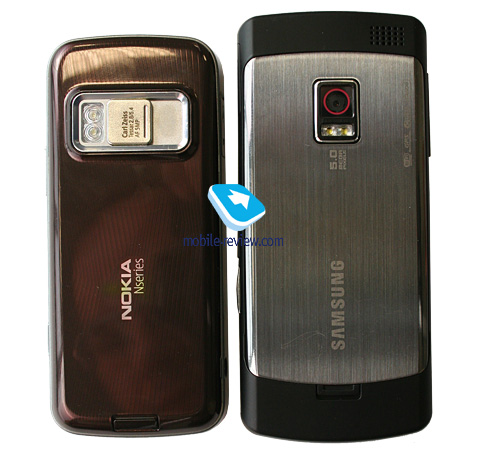
Nokia N79 vs Nokia N85:

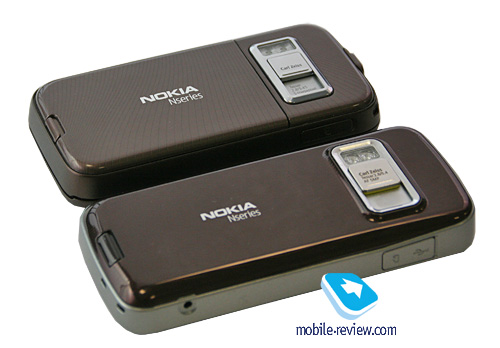
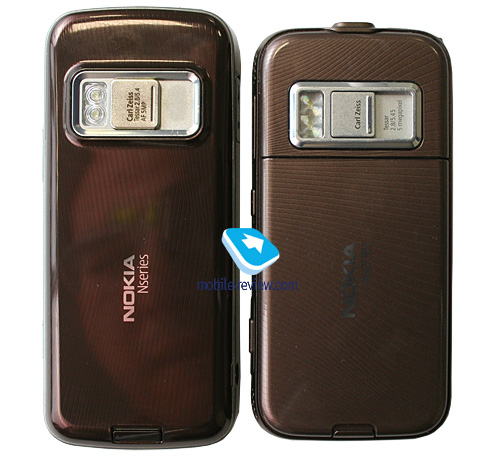

Back to the table of contents >>>
Display
The handset comes equipped with a 2.4-inch QVGA (240x320 pixels) display, capable of showing up to 16M colors, presenting you with quite a bright picture that remains visible in various environments.
Generally, the N79’s display fares well. The display accommodates up to 8 text and up to 3 service lines. In some modes, though, you may get up to 14 text lines. All fonts are sharp and easy to read.
Compared to the Nokia N85, this display isn’t as bright and vibrant (all images below feature the N79 on the right).
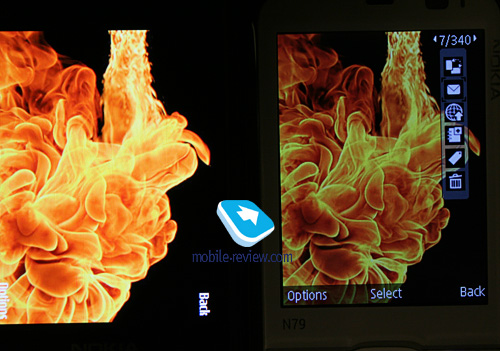
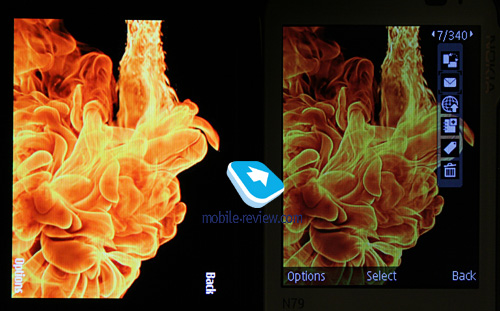
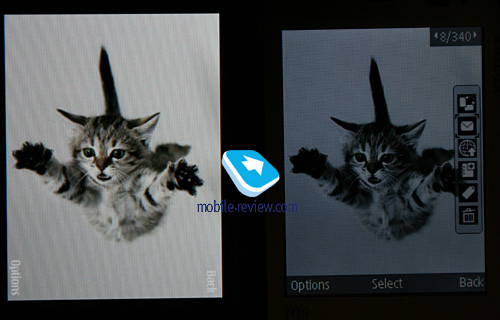
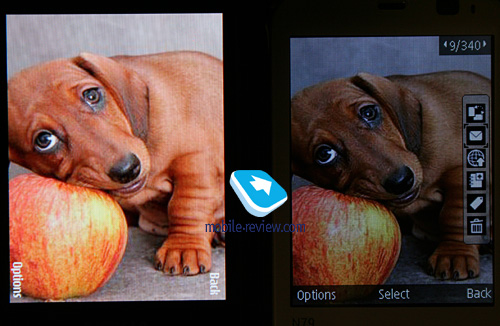
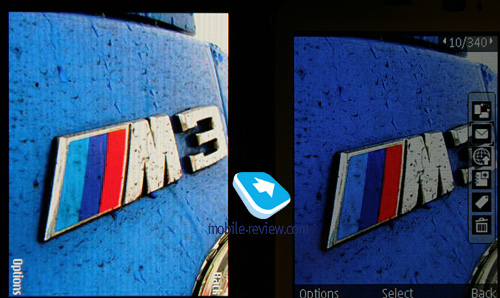
Back to the table of contents >>>
Keypad
All in all, we found the N79’s plastic keypad a joy to use. Its buttons were quite responsive and soft. All keys are evenly lit in white, which makes the numberpad visible in various environments.

On top of that, it utilizes the NavyWheel, which is a touch-sensitive pad that allows paging through lists by sweeping your finger around the navigation button. The good thing about it is that they have tweaked this sensor a little bit, so that you will experience fewer misclicks than with the Nokia N78.

The keypad’s backlight is managed by the ambient light sensor.

Back to the table of contents >>>
Battery
The handset utilizes a 1200 mAh Li-Ion battery (BL-6F), similar to that employed in the Nokia N85. The N79 is rated for 5.5 hours of talk time and 372 hours of standby. Music time - up to 30 hours, video recording time (top resolution and quality settings) - up to 280 minutes, video playback time - up to 320 minutess.

The handset's battery life averaged 3 days in our tests, when we used the N79 for about two hours of calls, a dozen or two snaps, several minutes of video, and around an hour of music/radio. It takes the N79 around two hours to charge from empty to full.
Below is our chart of battery times we managed to squeeze out of the N79:
- GPS-navigation – 3.5-4 hours
- Video playback – 4 hours 45 minutes
- WEB-surfing (EDGE) – 4 hours
- Wi-Fi (non-stop data upload) – 3.5 hours
- Music (in earphones) – 28 hours
- Radio – 19.5 hours
- Internet radio (over Wi-Fi) – 6 hours
- Games – 5.5 hours
Thanks to the inclusion of the FP2, some modes are now less power-hungry, which adds up to a nice battery life boost. The N79 is obviously ahead of both the N82 and N78.
Back to the table of contents >>>
Memory
The device comes equipped with 120 Mb of RAM, after first launch you will get around 62 Mb of free memory at your disposal, which is enough for running a dozen applications and browsing “heavy” web-pages – the word “slow-down” is definitely not in the N78’s vocabulary.
The user almost has 50 Mb of storage available, where any data can be stored.
The N78 deals with microSD memory cards (hot-swappable), the phone comes packaged with a 4 Gb unit. There are no restrictions as far as memory card’s size is concerned – our handset easily identified a 8Gb card.
Back to the table of contents >>>
Hardware Platform
Using the Nokia N82’s TI OMAP 2420 platform wouldn’t be the right thing to do in a relatively cheap solution, so for the N78 they went for a single-chip platform from Freescale with the ARM11 CPU running at 369 Mhz inside. Also, N79 packs in a motion sensor, and can rotate the screen automatically, depending on how you are holding the phone.
Back to the table of contents >>>
Performance
The N79 is almost no different from other FP2-based phones performance-wise, so it is pretty much in line with other state-of-the-art S60-powered devices.
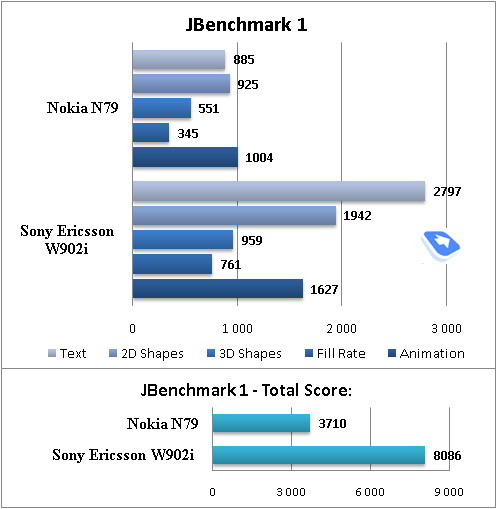
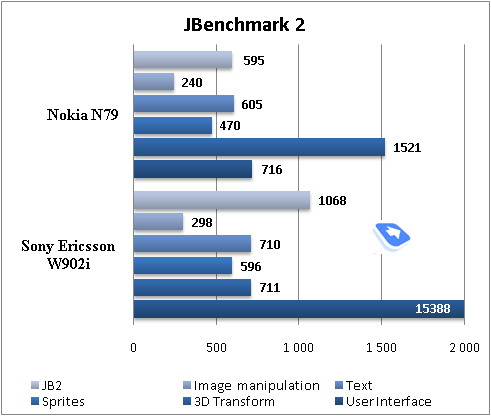
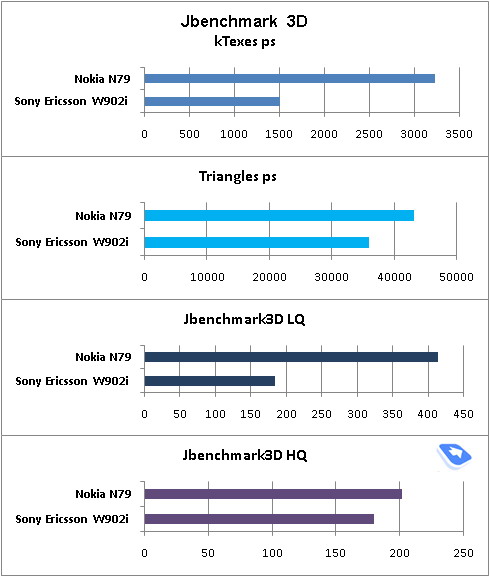
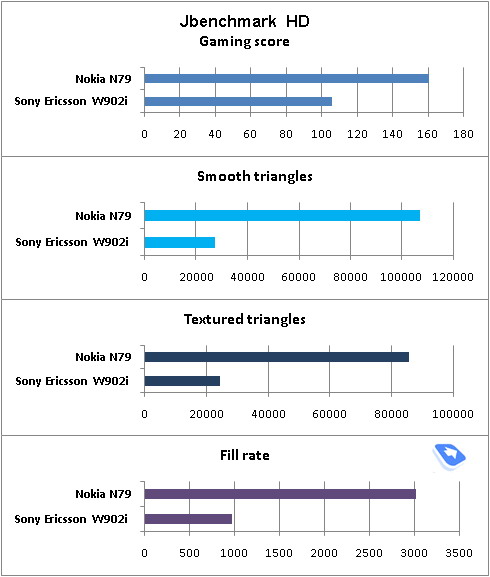
Back to the table of contents >>>
USB, Bluetooth, Wi-Fi
USB. You pick one of these 3 connection modes in the USB settings of the N79:
- Data Transfer (Mass Storage USB) – memory cards is available, no drivers required, as your OS identifies the handset automatically.
- PC Suite – used for device management via Nokia PC Suite, enables all features of the phone, data backup etc.
- Image Print – no explanation required.
Data transfer speeds top out at around 2 Mb/s. Once you plug the N79 into a PC it starts recharging automatically via the USB cable
Bluetooth. The phone comes with Bluetooth v2.0, with support for EDR. The following profiles are supported
- A2DP
- AVCRP
- BIP-ImagePush
- DUN-GW
- FT-Server
- HandsFree-AG (1.0)
- Headset-AG
- OBEX
- OPP-Client
- OPP-Server
- SIM Access-Server
The top speed you can get with the N79's Bluetooth connection is around 100 Kb/s. We also tested its A2DP profile in pair with the Sony Ericsson DS970 headset, which worked just fine - we managed our play list, skipped within tracks and adjusted volume seamlessly, however we couldn't make current track's title show up on the headset’s display.
Wi-Fi. This handset comes armed with Wi-Fi (IEEE 802.11 g) support. All security standards are supported: WEP , WPA , WPA 2, with other advanced settings available. The device supports Universal PnP standard (UPnP), which is the successor to the wired standard PnP. With its help, along with Wi-Fi, you can send slides to a TV, music to a stereo system, and photos to a printer. In a certain sense UPnP is like an add-on to the infrastructure (Wi-Fi, for example) in the form of Bluetooth-esque services, so this looks more like a software upgrade. The sales package includes Home Media Server, which allows connecting the N79 through your home Wi-Fi network to a desktop PC.
There is also a Wi-Fi wizard available in the N79 - it can keep looking for enabled networks in the background mode and tap into them.
Back to the table of contents >>>
Camera
The handset comes bundled with a 5 Mpix CMOS camera, similar to that found in the Nokia N85 and some other Nokia-branded phones. The N79 features a two-section LED flash that can make some difference when taking a picture from 1-2 meters away. While the N79's flash does better at shooting sceneries rather than people, it's still debatable which kind of flash is superior - Xenon or LED. Perhaps the Sony Ericsson K850i answers this question in a certain way, utilizing both the Xenon and LED flash types.

The picture quality put up by the N79 only loses to that of the Motorola MOTOZINE ZN5, although some people still like it better. For those wondering whether the brand new N79 is any different from the Nokia N82 in terms of camera - it's not, or, at least, not in the way you will notice.
 |
 |
| (+) enlarge, 2592x1944, JPEG |
(+) enlarge, 2592x1944, JPEG |
 |
 |
| (+) enlarge, 2592x1944, JPEG |
(+) enlarge, 2592x1944, JPEG |
 |
 |
| (+) enlarge, 2592x1944, JPEG |
(+) enlarge, 2592x1944, JPEG |
 |
 |
| (+) enlarge, 2592x1944, JPEG |
(+) enlarge, 2592x1944, JPEG |
 |
 |
| (+) enlarge, 2592x1944, JPEG |
(+) enlarge, 2592x1944, JPEG |
 |
 |
| (+) enlarge, 2592x1944, JPEG |
(+) enlarge, 2592x1944, JPEG |
 |
 |
| (+) enlarge, 2592x1944, JPEG |
(+) enlarge, 2592x1944, JPEG |
Nokia N79 camera specs:
- Carl Zeiss Tessar lenses
- 20x digital zoom
- Focal length 5.45 mm
- Focus range: 10 cm ~ infinity
- Macro mode - 10 cm ~ 50 cm
- Scenes - automatic, user defined, close-up, portrait, landscape, sport, night;
- Geotagging
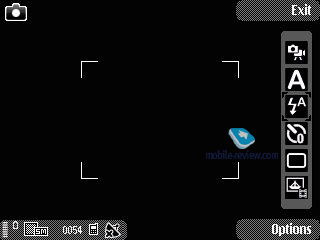

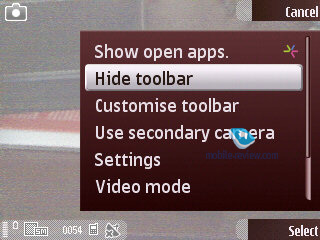
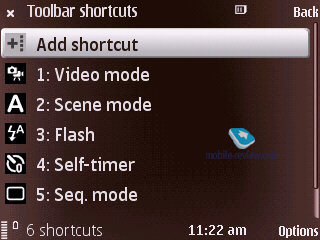
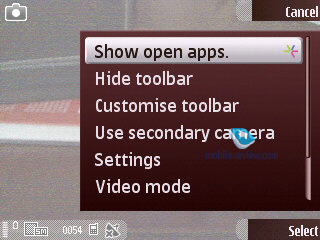
The N79's top resolution is Print 5M - large, which stands for 2592x1944 pixels and image size of 700Kb-2Mb. The user can also make use of the following resolution settings:
- Print 3M – Medium (2048x1536 pixels)
- Print 2 M- Medium (1600x1200 pixels)
- E-mail 0.8 M – Med. (1024x768 pixels)
- MMS 0.3 M – Small (640x480 pixels)
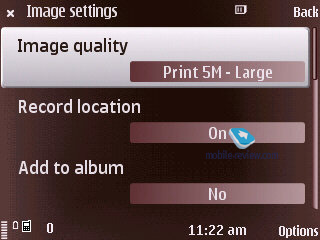
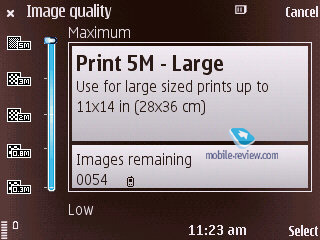
It takes the N79 around 3-4 seconds to save a shot in any of the above resolutions if you have enabled the after-shoot view. Or 1-2 seconds in case you are ready to take another snap right after that (in the latter case all images are saved from the buffer).
Color tones. Since these overlays can be applied to any snap in a standard graphics editor, it won't be wise of you to enable them for taking a snap on the N79. There are four effects available - Sepia, Black & White, Vivid, Negative.
Exposure compensation. This parameter is adjusted at a 0.33 step here; it will prove useful for shooting objects with dominating light or dark tones.
White balance. The N79's camera does very well in the auto mode, though you can manually adjust the white balance and choose one of the following settings - Sunny, Cloudy, Incandescent, Fluorescent.
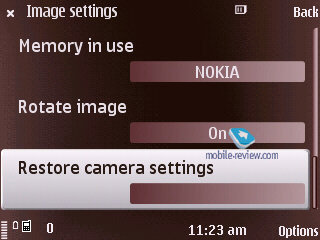

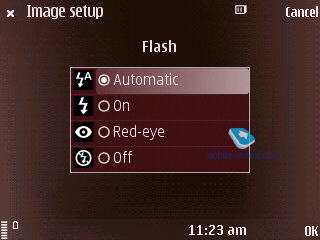
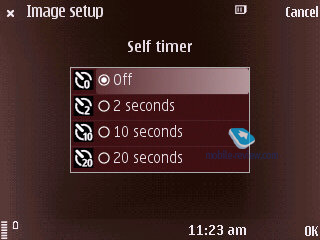
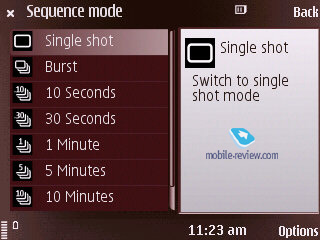

Obviously, we were eager to put the N79 up against the Nokia N85, and as it turned out, we were in for a major surprise. Since the Nokia N79 came with a newer firmware version and more up-to-date camera drivers, some of its shots were considerably crisper and more detailed than those snapped by the N85. It’s possible to upgrade the N85’s firmware as well, so it’s not much of a deal.
| Nokia N79 |
Nokia N85 |
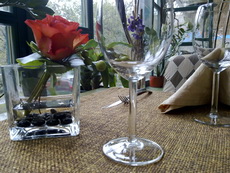 |
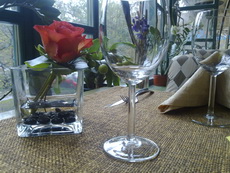 |
| (+) enlarge, 2592x1944, JPEG |
(+) enlarge, 2592x1944, JPEG |
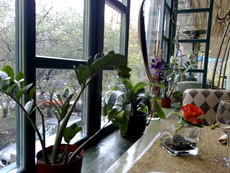 |
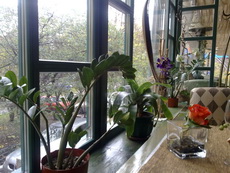 |
| (+) enlarge, 2592x1944, JPEG |
(+) enlarge, 2592x1944, JPEG |
 |
 |
| (+) enlarge, 2592x1944, JPEG |
(+) enlarge, 2592x1944, JPEG |
 |
 |
| (+) enlarge, 2592x1944, JPEG |
(+) enlarge, 2592x1944, JPEG |
 |
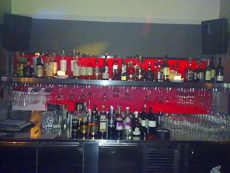 |
| (+) enlarge, 2592x1944, JPEG |
(+) enlarge, 2592x1944, JPEG |
 |
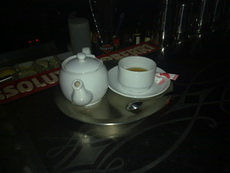 |
| (+) enlarge, 2592x1944, JPEG |
(+) enlarge, 2592x1944, JPEG |
 |
 |
| (+) enlarge, 2592x1944, JPEG |
(+) enlarge, 2592x1944, JPEG |
 |
 |
| (+) enlarge, 2592x1944, JPEG |
(+) enlarge, 2592x1944, JPEG |
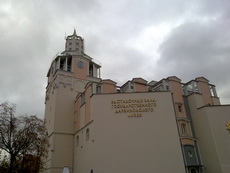 |
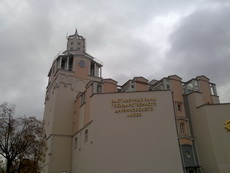 |
| (+) enlarge, 2592x1944, JPEG |
(+) enlarge, 2592x1944, JPEG |
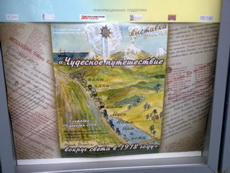 |
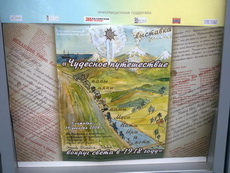 |
| (+) enlarge, 2592x1944, JPEG |
(+) enlarge, 2592x1944, JPEG |
 |
 |
| (+) enlarge, 2592x1944, JPEG |
(+) enlarge, 2592x1944, JPEG |
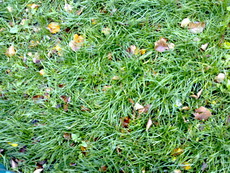 |
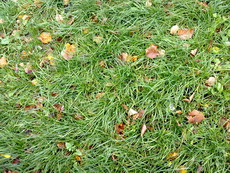 |
| (+) enlarge, 2592x1944, JPEG |
(+) enlarge, 2592x1944, JPEG |
 |
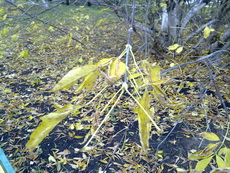 |
| (+) enlarge, 2592x1944, JPEG |
(+) enlarge, 2592x1944, JPEG |
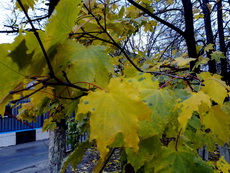 |
 |
| (+) enlarge, 2592x1944, JPEG |
(+) enlarge, 2592x1944, JPEG |
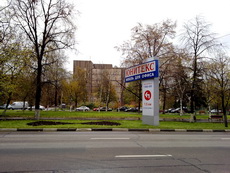 |
 |
| (+) enlarge, 2592x1944, JPEG |
(+) enlarge, 2592x1944, JPEG |
 |
 |
| (+) enlarge, 2592x1944, JPEG |
(+) enlarge, 2592x1944, JPEG |
Video recording. When recording video with N79, there are considerably fewer settings, than in the still image mode. There is a software image stabilizer that was first introduced in the Nokia N80. You can adjust the white balance, choosing from Automatic, Sun, Cloudy, Incandescent, Fluorescent. The overlay pool includes Sepia, Black&White, Negative. There are only two shooting modes - auto or night mode. Maximum resolution - 640x480 pixels (mpeg4), you can also mute sound, although there is no way you can adjust the N79's FPS, which is locked at 30. The handset allows recording videos until you run out of free memory.
Back to the table of contents >>>
GPS-navigation
The major update to this department is the new version of Nokia Maps, which you can learn more about in our review of the FP2. Also, we would like to note that the application has become even speedier, the cold start time makes around 4-5 minutes, and we felt that the gears were spinning faster, so to speak. To my mind, the N79 is a tidy navigation-savvy solution, it does the job hands down. But, unfortunately, as far as battery life goes, the N79 doesn't improve over the predecessors.
Back to the table of contents >>>
Music Department
All applications that have something to do with the N79's music department (music player, radio, Internet radio) have been carried over from the FP2's standard suite of features and are basically nothing to out of the ordinary. The handset ships with a remote control, the same as that found in the box with the Nokia N78; the bundled earphones are nothing to shout about, so you should definitely replace them with something me capable.
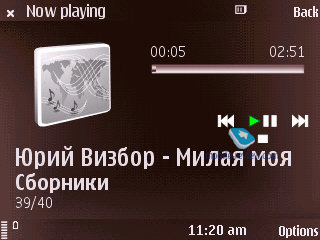
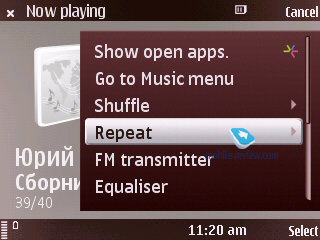
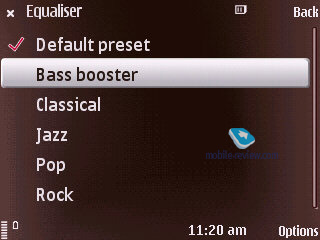
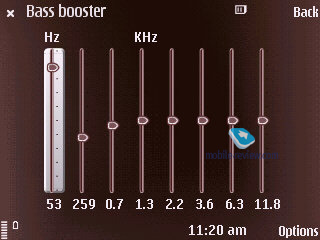


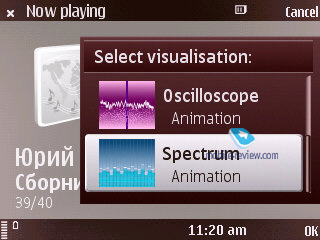

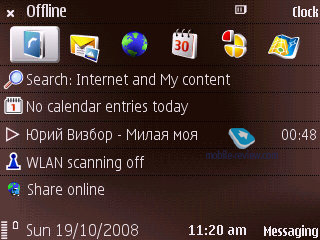
In terms of sound quality, the N79 is a standard Nokia’s S60 fare and is little to no different from the Nokia N78, meaning that while it is has no serious glitches on this front, it still can’t be viewed as a full-time replacement for a dedicated music player. Although, people who tend to listen to their tunes in music-unfriendly environments (subway, trains, etc) won’t feel any real difference.
On the downside, its FM transmitter that can beams music, didn't manage to impress us. It is a quaint feat that may even settle down on Nokia's solutions, but by and large it is of no real use. Unfortunately, this decent idea is drowned by poor technical implementation, which is not the letdown of this particular handset, but rather all devices of this type. This weakish transmitter can't make for a stable and strong signal, therefore allowing noise and static to slip into your broadcasts, that's why even audio books get pretty irritating to listen (as far as using the transmitter in the car goes).
Back to the table of contents >>>
Multimedia Menu
This is a wheel-shaped menu (made its first appearance with the Nokia N81), where every tab features kindred functions. You can navigate through these tabs with the help of the D-Pad or the numeric keypad.
The current version sports only six pages, whose order of appearance may be easily varied - by the default, the first tab you see is all about music (with this tab on, you can check out your library, start random playback of your tracks or view podcasts). The Games tab proposes exactly the same options as the N-Gage section. The Gallery allows you to view your last captured shot and calls up the Album. You can submit some entries to the Contacts tab, so it acts like a speed dial menu, which may come in handy on certain occasions. Internet - links to your favorite pages, Maps - points of interests and locations.
It doesn't take a rocket scientist to notice that there are a whole lot of functions typical of stand-alone apps duplicated in the N82 - in the multimedia menu you can add new bookmarks, but the browser can serve the same purposes as well. You can throw some contacts into this menu, but adding them to the list of Fast dial makes more sense. Ergonomics-wise, this menu is a complete blank, bringing nothing new to the table. It is just another way to display the phone's contents, and that's about it. Let's call it a "contemporary" way.
Back to the table of contents >>>
N-Gage and Gaming Department
The Nokia N79 is the first phone to feature a full-fledged N-Gage client - a tad later its localized editions will become available world-wide. The handset comes boxed with fifteen Try&Buy games, although you can pick one of them and get a full version free of charge using the activation code the N79 ships with.
Back to the table of contents >>>
Preinstalled applications
Video Center – enables the user to subscribe to various channels offering an assortment of video clips, including YouTube’s mobile version. All videos get uploaded onto the device, so that you will be able to watch them whenever you want. You can expand clips to full screen in the landscape mode, plus there is the portrait mode available with the N79. The best way to upload clips is via home or office Wi-Fi networks.
QuickOffice comes in its shrunk edition. Specifically, with the version found in the Nokia N95 8Gb you won’t be able to edit office documents. To go beyond the Read Only mode you will need to pay extra money.
Adobe PDF – allows reading PDF-files, no complaints about the application.
ZIP – enables you to extract files from archives or create new archives.
Barcode – reads bar codes, as its name suggests. Almost of no real use these days, though.
Firmware update – this application checks your current firmware version and updates it if necessary.
Back to the table of contents >>>
Impressions
Call quality was never an issue with the N79, as it easily lived up to our expectations of a Nokia-branded phone. Ring tones sounded quite loud thanks to the handset's dual speakers. The vibrating alert was on the stronger side all thanks to the N79's balanced casing.
Nokia have come up with a very solid phone for both work and play. I have thought a lot over what the N79 really is, and here is what I have come to – it’s a pretty good workhorse not without a pinch of style to it, but it’s more about function rather than looks. Among similarly geared offerings is the Sony Ericsson W902, however it’s forte is design. Given that they retail at pretty much the same price point, the N79 trumps the W902 with its bundled GPS, WiFi, superior music quality, plus longer battery times (compared to those of Nokia’s previous offerings). On top of that it allows the user to order one game for free, which is a nice feat to have.
As for the Samsung i7110, it’d make sense to compare it to the N79 only if you never actually held the former in hands. Effectively, it has got a different way of positioning, different feature pack, but they do have one thing in common – both phones run S60. Furthermore, the i7110 doesn’t even offer a full-fledged navigation package out of the box, which will make consumers sympathies sway in favor of the N79.
Going for around 350 Euro, the N79 doesn’t face any direct competition – the Motorola ZN5 doesn’t qualify as one, and neither does the Sony Ericsson W902. Also, with the arrival of the N79 it’s clear that the N78 will have to go, same goes for the Nokia N82, but it will at least hold up a while longer. All in all, the Nokia N79 is one of this segment’s finest solutions, and everyone looking for this type of phone is ought to keep a close eye on it.
Related links:
Back to the table of contents >>>
Eldar Murtazin ([email protected])
Translated by Oleg Kononosov ([email protected])
Published — 18 November 2008
Have something to add?! Write us... [email protected]
|
News:
[ 31-07 16:21 ]Sir Jony Ive: Apple Isn't In It For The Money
[ 31-07 13:34 ]Video: Nokia Designer Interviews
[ 31-07 13:10 ]RIM To Layoff 3,000 More Employees
[ 30-07 20:59 ]Video: iPhone 5 Housing Shown Off
[ 30-07 19:12 ]Android Fortunes Decline In U.S.
[ 25-07 16:18 ]Why Apple Is Suing Samsung?
[ 25-07 15:53 ]A Few Choice Quotes About Apple ... By Samsung
[ 23-07 20:25 ]Russian iOS Hacker Calls It A Day
[ 23-07 17:40 ]Video: It's Still Not Out, But Galaxy Note 10.1 Gets An Ad
[ 19-07 19:10 ]Another Loss For Nokia: $1 Billion Down In Q2
[ 19-07 17:22 ]British Judge Orders Apple To Run Ads Saying Samsung Did Not Copy Them
[ 19-07 16:57 ]iPhone 5 To Feature Nano-SIM Cards
[ 18-07 14:20 ]What The iPad Could Have Looked Like ...
[ 18-07 13:25 ]App Store Hack Is Still Going Strong Despite Apple's Best Efforts
[ 13-07 12:34 ]Infographic: The (Hypothetical) Sale Of RIM
[ 13-07 11:10 ]Video: iPhone Hacker Makes In-App Purchases Free
[ 12-07 19:50 ]iPhone 5 Images Leak Again
[ 12-07 17:51 ]Android Takes 50%+ Of U.S. And Europe
[ 11-07 16:02 ]Apple Involved In 60% Of Patent Suits
[ 11-07 13:14 ]Video: Kindle Fire Gets A Jelly Bean
Subscribe
|

